Cryogenic Transfer Hoses: Ensuring Safe and Efficient Transfer of Cryogenic Fluids
The industrial and scientific fields concerning cryogenic fluids consider the safe and efficient transfer of ultra-low temperature liquids of utmost importance. Cryogenic transfer hoses play a crucial role in facilitating the transportation of liquids, including liquid nitrogen, liquid oxygen, and liquid hydrogen, from one point to another. The design of experts formulates these specialized hoses to maintain the extremely low temperatures of the transferred fluids and ensure minimal heat transfer, thus maximizing safety.
Among the various options available, vacuum jacketed hoses prove particularly effective in securely transferring cryogenic fluids while minimizing heat transfer. In this article, we will take a deep dive into the world of cryogenic transfer hoses, exploring their various options and applications while emphasizing the vital importance of utilizing high-quality hoses for cryogenic fluid transfer.
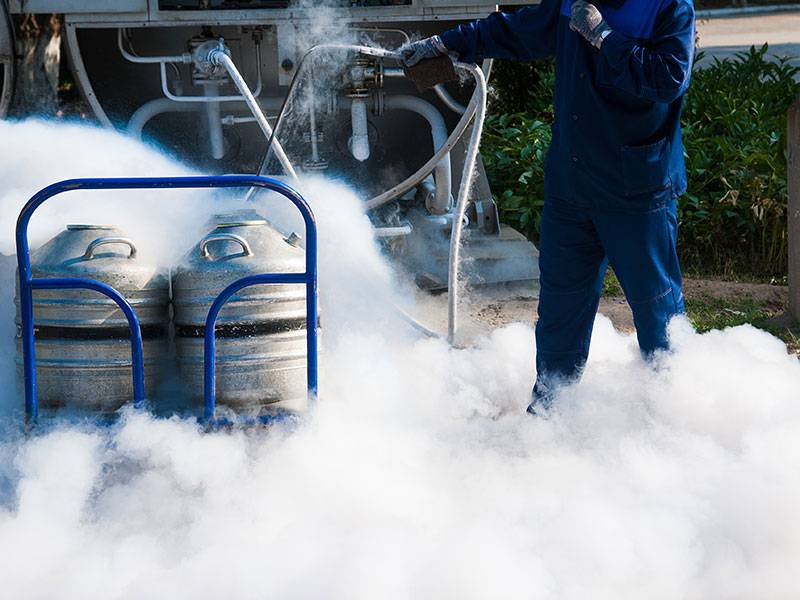
Understanding Cryogenic Hoses
The Basics of Cryogenics
Before we dive into the specifics of cryogenic hoses, let’s briefly understand the concept of cryogenics. Cryogenics refers to the branch of physics that deals with producing and studying the effects of very low temperatures, typically below -150°C (-238°F). At such extreme temperatures, many materials demonstrate unique properties, making scientists and industries value them for various scientific, medical, and industrial applications.
What Are Cryogenic Hoses?
Specially designed stainless steel flexible hoses, known as cryogenic hoses, facilitate the transfer of cryogenic fluids, such as liquid nitrogen, liquid oxygen, liquid hydrogen, liquid helium, and liquefied natural gas. Engineers design these hoses to withstand the extremely low temperatures and the thermal shocks associated with the transfer process.
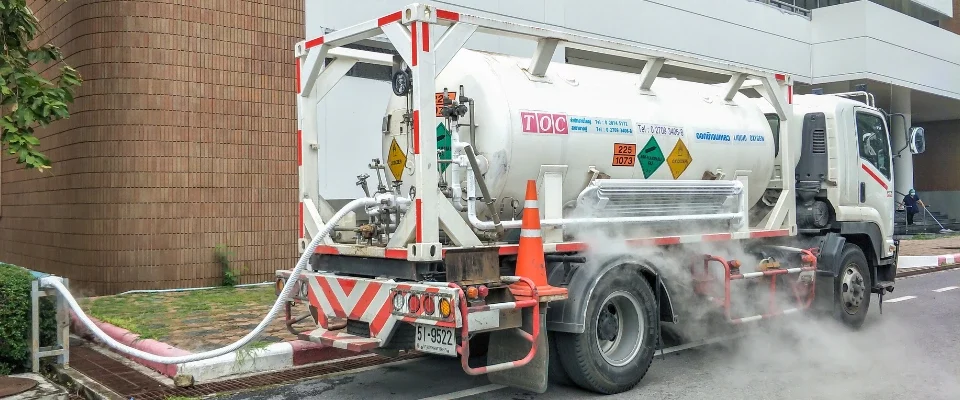
The Importance Of Cryogenic Hoses
Ensuring Safety in Cryogenic Applications
When handling cryogenic fluids, ensuring safety is paramount due to their extreme cold temperatures and potential hazards. Cryogenic hoses play a vital role in maintaining the integrity of the transfer process, minimizing the risk of leaks or ruptures. Designers engineer these hoses to withstand the low temperatures, maintain flexibility, and provide excellent insulation to prevent the loss of valuable cryogenic fluids and minimize the escape of hazardous gases.
Enhancing Efficiency and Productivity
In cryogenic applications, efficiency becomes another crucial aspect. Cryogenic hoses contribute to low heat transfer rates, which in turn reduces energy losses during fluid transfer. This characteristic helps conserve the cryogenic fluids and optimizes the overall efficiency of the process. By selecting the appropriate cryogenic hose, industries can enhance productivity and decrease operational costs.
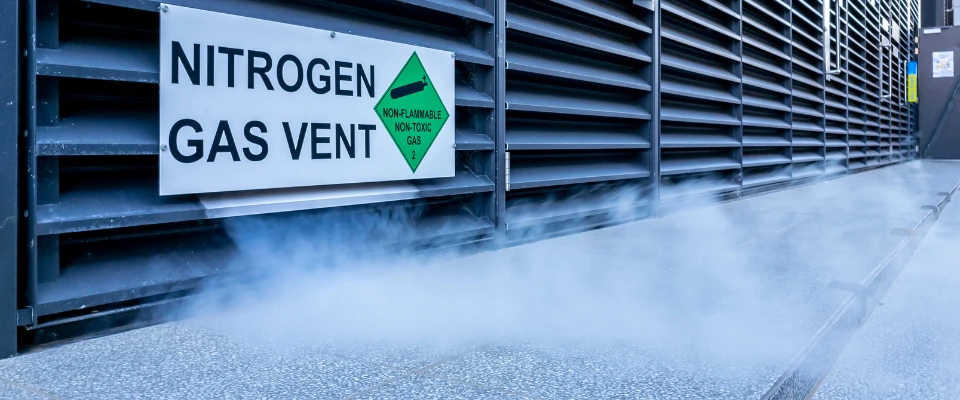
Factors to Consider When Choosing Cryogenic Hoses
Temperature and Pressure Ratings
Cryogenic hoses must be carefully selected based on the specific temperature and pressure requirements of the application. It is crucial to choose hoses that can withstand the extreme cold temperatures and the pressure associated with the cryogenic fluids being transferred. Additionally, hoses with excellent thermal insulation properties help prevent heat transfer from the surroundings, ensuring efficient fluid transfer.
Material Compatibility
The compatibility of the hose materials with the cryogenic fluids being handled is of utmost importance. Different cryogenic fluids can have varying effects on hose materials, leading to degradation or failure. Choosing hoses made from materials resistant to cryogenic temperatures and compatible with the fluids being transferred is essential to ensure long-term reliability and safety.
Flexibility and Durability
Cryogenic hoses should be flexible enough to allow easy maneuverability during operations while maintaining their structural integrity. They should be resistant to thermal shocks and mechanical stresses to withstand the demanding conditions of cryogenic applications. Investing in durable cryogenic hoses reduces the frequency of replacements, saving both time and money.
Safety Features
Considering the safety implications, cryogenic hoses may incorporate additional features like pressure relief valves, leak detection systems, and anti-static properties. These safety measures further minimize the risks associated with cryogenic fluid transfer and ensure a secure working environment.
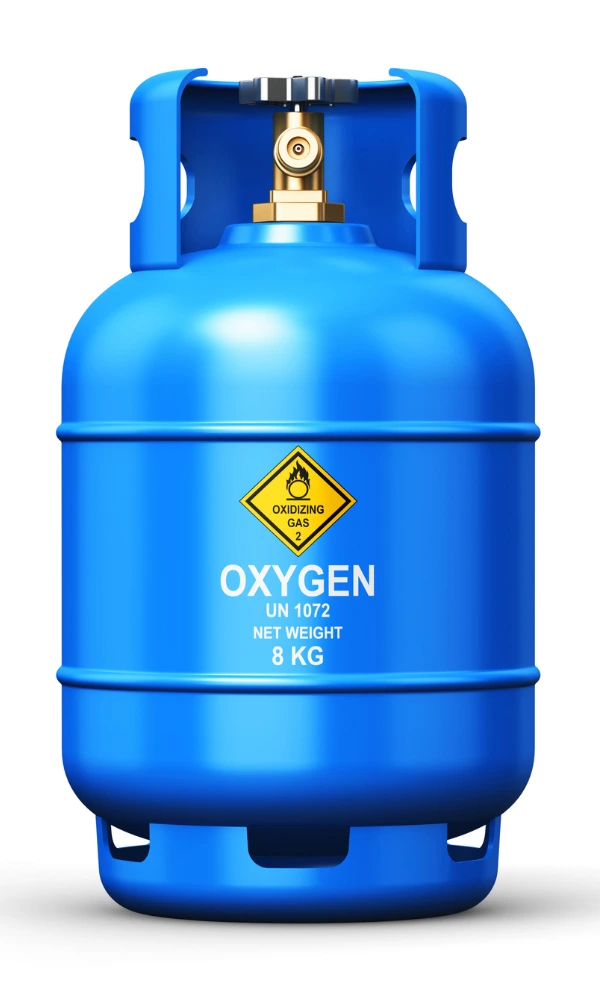
Applications Of Cryogenic Transfer Hoses
Cryogenic hoses find application in various industries where the safe transfer of cryogenic fluids is essential. Some notable applications include:
LNG Industry
Cryogenic hoses play a vital role in LNG facilities, enabling the transfer of liquefied natural gas from storage tanks to carriers or regasification plants. The efficiency and reliability of cryogenic hoses are crucial in this industry to prevent leaks and ensure the uninterrupted supply of LNG.
Hydrogen Transfer
Vacuum jacketed cryogenic hoses are used to transfer hydrogen from the trucks into the tank at a business or facility or right into the space shuttle or SLS spheres at the space center. The specialized vacuum jacketed hoses have an inner and outer hose with vacuum in between. This prevents the transfer of heat keeping the super cold hydrogen as a liquid and not allowing it to turn into a gas.
Research and Development
In research laboratories and medical institutions, cryogenic hoses are used for the transfer of liquid nitrogen and other cryogenic fluids. These hoses facilitate experiments, sample preservation, and cooling processes in scientific and medical research, making them indispensable tools.
Food and Beverage Industry
Cryogenic hoses find applications in the food and beverage industry, particularly in the preservation of food products. Cryo freezing and chilling processes help maintain product quality and extend shelf life. These hoses ensure safe and efficient transfer of cryogenic fluids, contributing to the overall quality control in the industry.
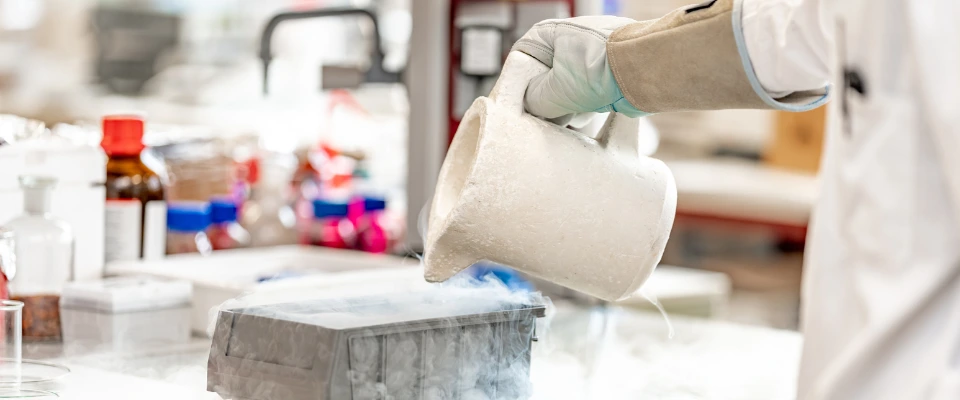
Conclusion
Cryogenic hoses are the unsung heroes of industries that deal with extreme cold temperatures. These specialized hoses ensure the safe and efficient transfer of cryogenic fluids, enabling critical processes in various sectors. When choosing cryogenic hoses, it is crucial to consider factors such as temperature and pressure ratings, material compatibility, flexibility, durability, and safety features. By investing in high-quality cryogenic hoses, industries can optimize their operations, enhance safety, and maximize productivity. So, the next time you encounter the marvels of cryogenic technology, remember the crucial role played by cryogenic hoses in making it all possible.
